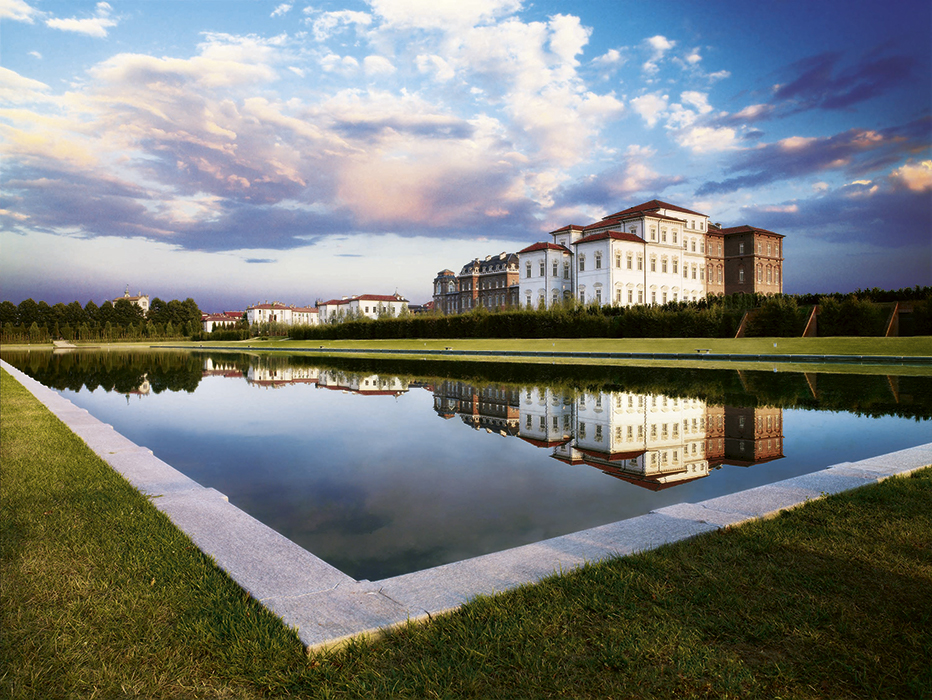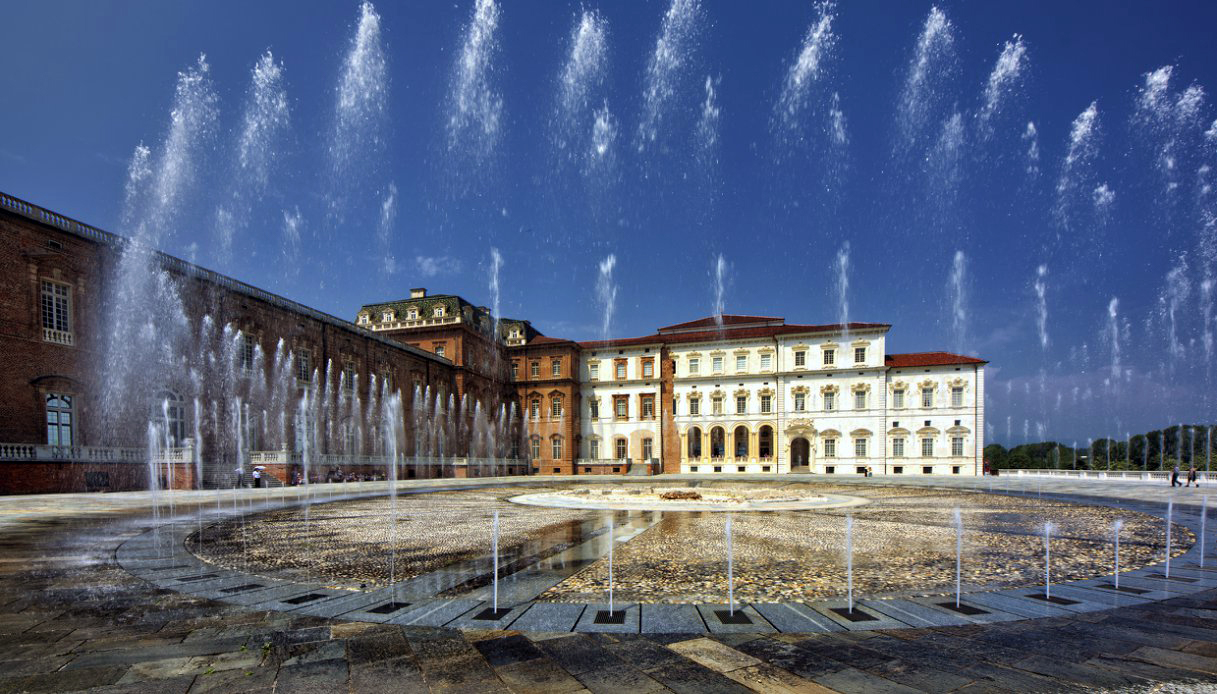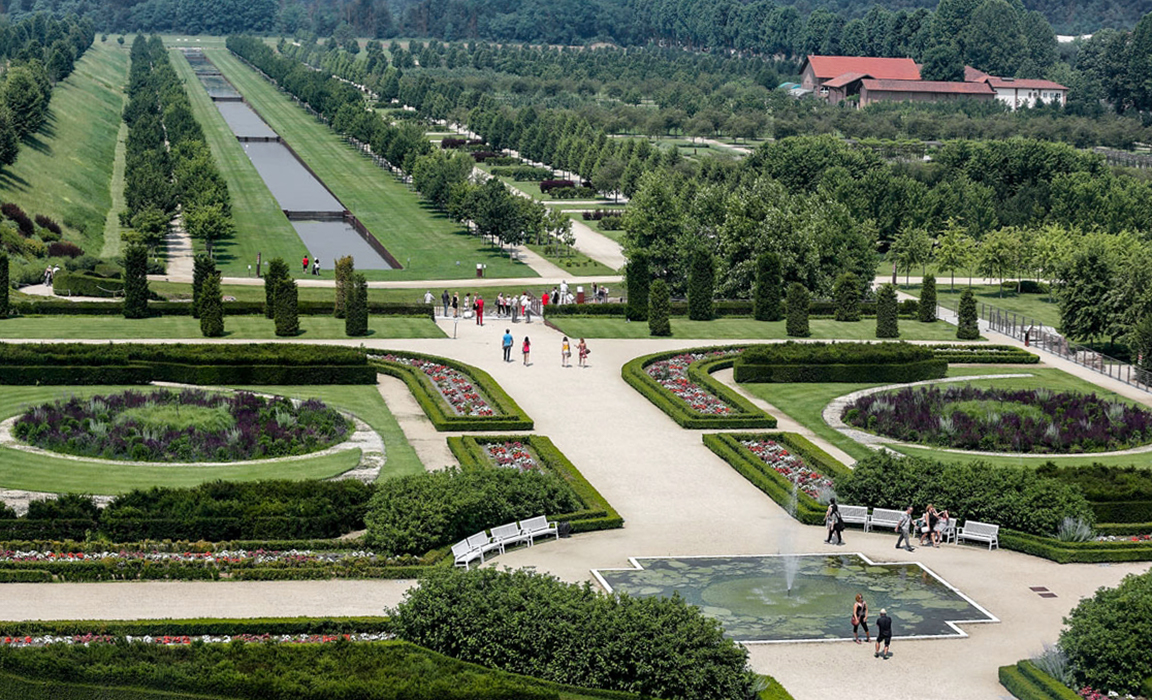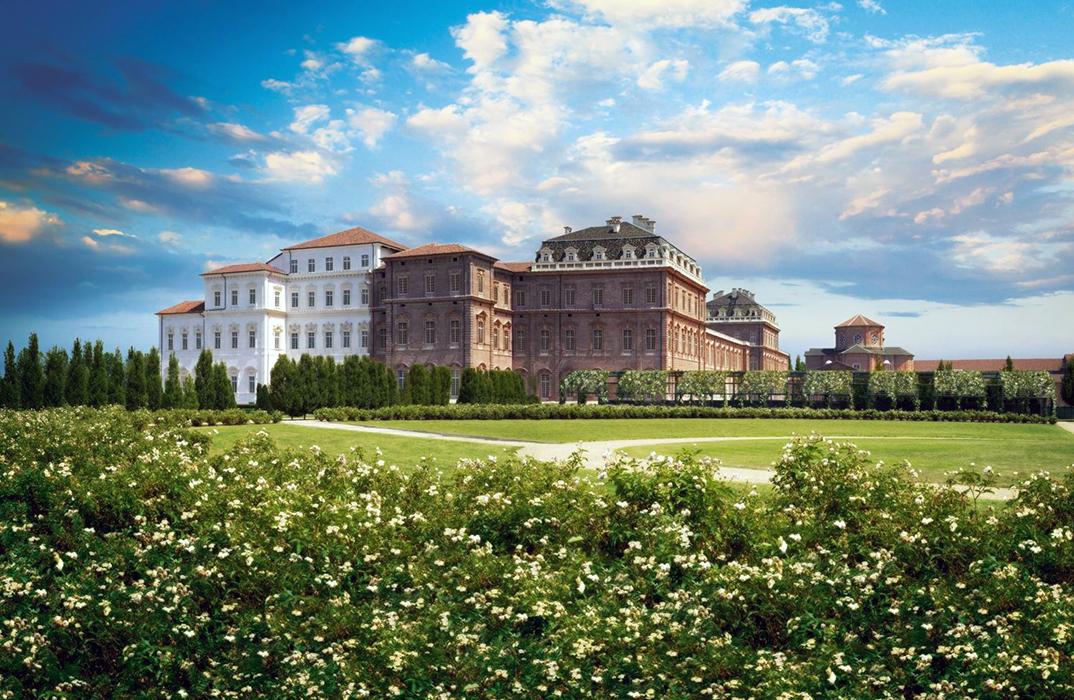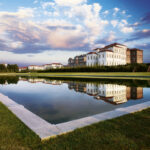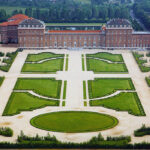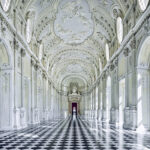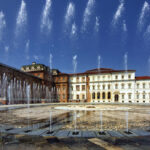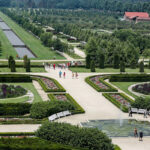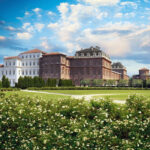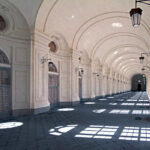The Venaria Reale Palace
The Venaria Reale palace is one of the palaces built by the Savoy dynasty to form a crown of delights around Turin.
In 1648, Charles Emmanuel II, at the age of fourteen, became in fact duke of Savoy after ten years of the regency of his mother Christine of France. Despite this, he was more and more interested in the leisure and pleasures than in the political and administrative commitments that he let his mother manage until 1663, the year of her death.
Following his inclination, and inspired by the construction of the palace of Mirafiori by his grandfather Charles Emmanuel I in 1585, he decided to build a palace just north of Turin, in an area full of woods suitable for hunting, one of his favourite pastimes. After 1650 he purchased a series of land and two small villages from a wealthy Milanese family and in 1558 entrusted the architects Amedeo di Castellamonte and Michelangelo Garove with the task of building the palace and rearranging the villages in order to create an urban project organic and functional for the monumentalization of the access to the estate. From the Latin term venationes or hunting, the palace and later the town took the name of Venaria Reale.
The work went on throughout the reign of Charles Emmanuel II and his death, although well advanced, was not yet finished.
The works continued during the reign of Victor Amedeus II who, in 1692, after the destruction of some parts of the palace made by French troops, entrusted Garove with the reconstruction of the right-wing of the building, where the Grand Gallery was built, referring to the French models of the Palace of Versailles.
The palace suffered further damage in 1706 during the siege of Turin in the context of the Spanish Succession War. The rearrangement and expansion works were entrusted to Filippo Juvarra who builds the structures of the stables and the church of Sant’Umberto.
During the Napoleonic occupation, the palace was transformed into a barrack and the gardens were destroyed to make it a parade ground.
Even after the restoration, the structure continued to be in use by the military and became the centre of the Savoy cavalry with an important riding school. Even after the unification of Italy, Venaria Reale continued to be a barrack.
In 1978 it was handed over to the superintendency. In 1997 it obtained, together with the other Savoy royal residences, to be included by UNESCO in the list of world heritage sites, and the following year important restoration works began, which led to the opening to the public in 2007.
In the following years, further work was carried out on the stables building and the restoration of the gardens.

